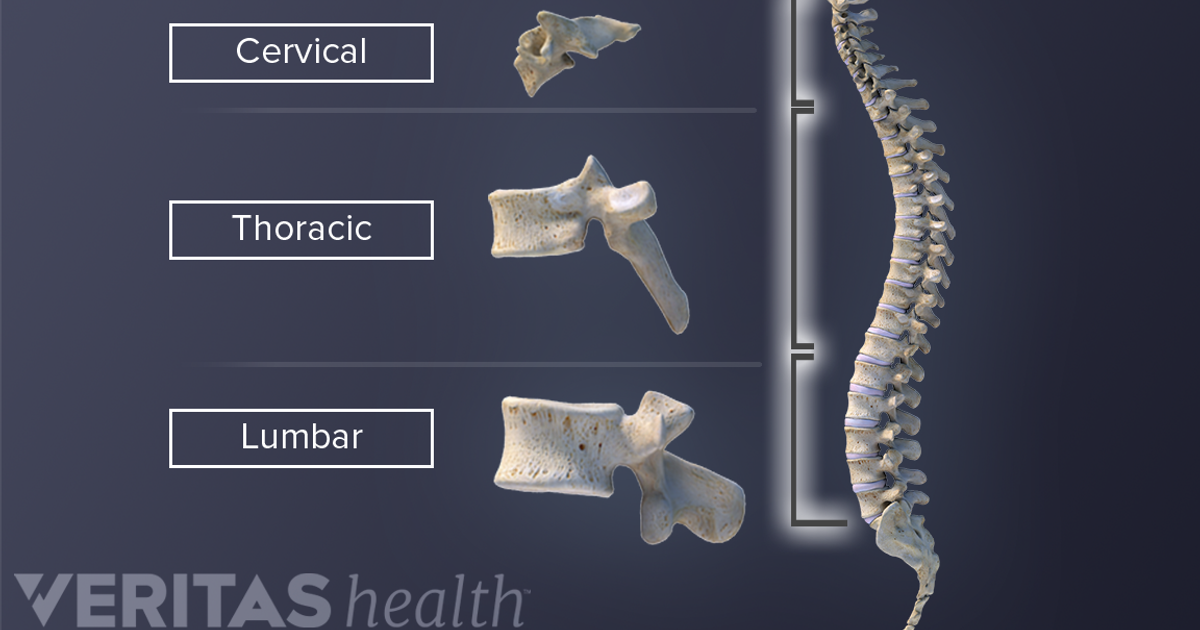
While many bulging discs may be treated non-surgically, some may compress the spinal cord which can create symptoms like numbness or weakness in an arm or leg, and surgery may be needed to prevent these symptoms from becoming PERMANENT and LIFELONG. The nucleus is still contained in the wall.
#Bones of the spine free#
Or the herniation can be “sequestered,” when it breaks free from the nucleus and travels away from the disc.Ī bulging disc forms when the wall of the disc is deformed but not necessarily herniated. "Uncontained" means the jelly center has broken through the annulus wall but stays connected to the nucleus pulposus. A disc herniation can be “contained” or “uncontained.” With a bulge, for example, the jelly center remains within the disc wall. They are actually attached by connective tissue to vertebrae above and below. While herniated discs are often referred to as “slipped discs,” this really isn’t accurate because discs don’t ever slip out of position. Herniated discs account for a small percentage of back pain. Discs can herniate in any direction-forward, centrally or, most commonly, backward and sideways in the direction of the spinal nerves. Normal disc degeneration, which naturally occurs with old age, can also cause pain. As we age, the discs naturally become less flexible and more brittle. The shock-absorbing discs resemble jelly donuts, each having a jelly-like center. Between these bones are discs, which act as shock absorbers. The bone involved in hangmans fracture is the second vertebra, toward the top of the neck, close to the skull. The spine is composed of many vertebrae stacked on top of each other. Muscles and ligamentsĬan strain, and discs and facet joints can be injured. Weaken, problems arise in the stability of the spine. Properly, the spine is able to bend and twist. Ligaments and tendons that act as supporting guy wires. This spinal column is held in place by surrounding muscles, At the bottom tip of the spinal column structureĮach rounded vertebra body has pedicles and laminae,įacet joints, and the bony transverse and spinous processes, whichĪre the narrow, finger-like spikes pointing out from the sides and
#Bones of the spine series#
Weight when you sit, stand, push, pull or lift.īelow the lumbar spine area is a series of fused bones This area is the most prone to injury, because it bears the most


Relatively few back pain casesīelow the thoracic vertebrae are the five lumbar vertebrae,Īnd below that is the sacrum.
:max_bytes(150000):strip_icc()/GettyImages-87293476-56e435703df78c5ba0571226.jpg)
Consequently, this area of the spine is more stable and is The thoracic vertebrae do not rotate as much as the neck and The chest area contains the thoracic vertebrae, T-1 through The top seven vertebrae are known as the cervical vertebrae, labeled When viewed from the side, a healthy spinal column is slightly S-shaped.


 0 kommentar(er)
0 kommentar(er)
